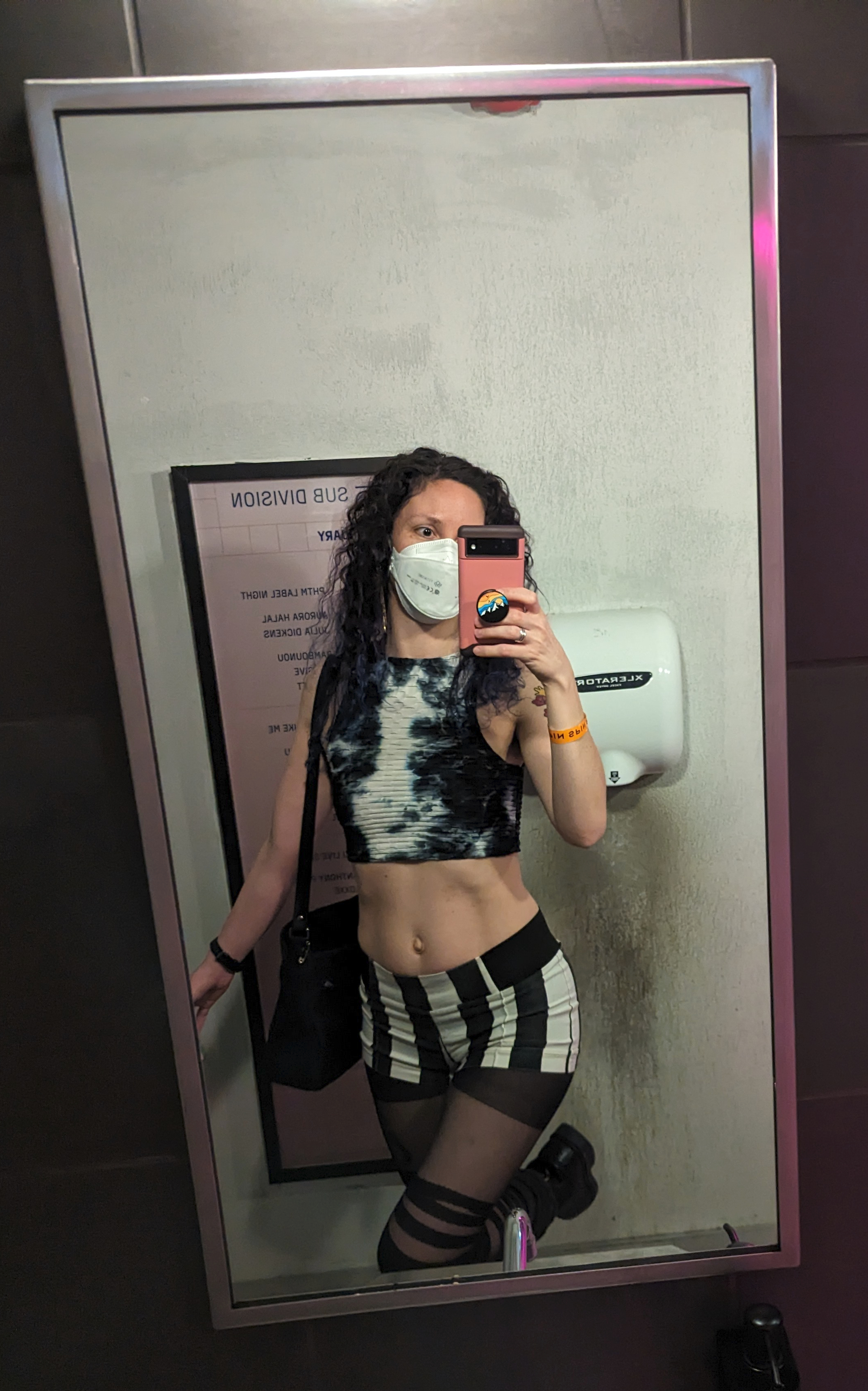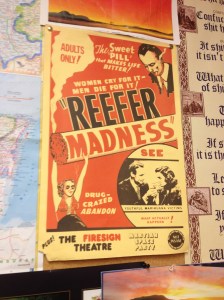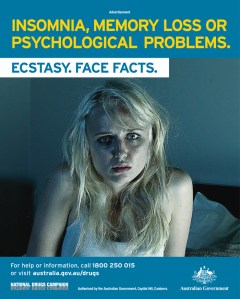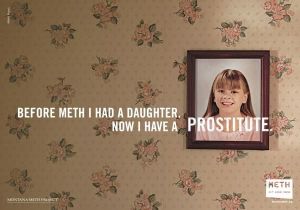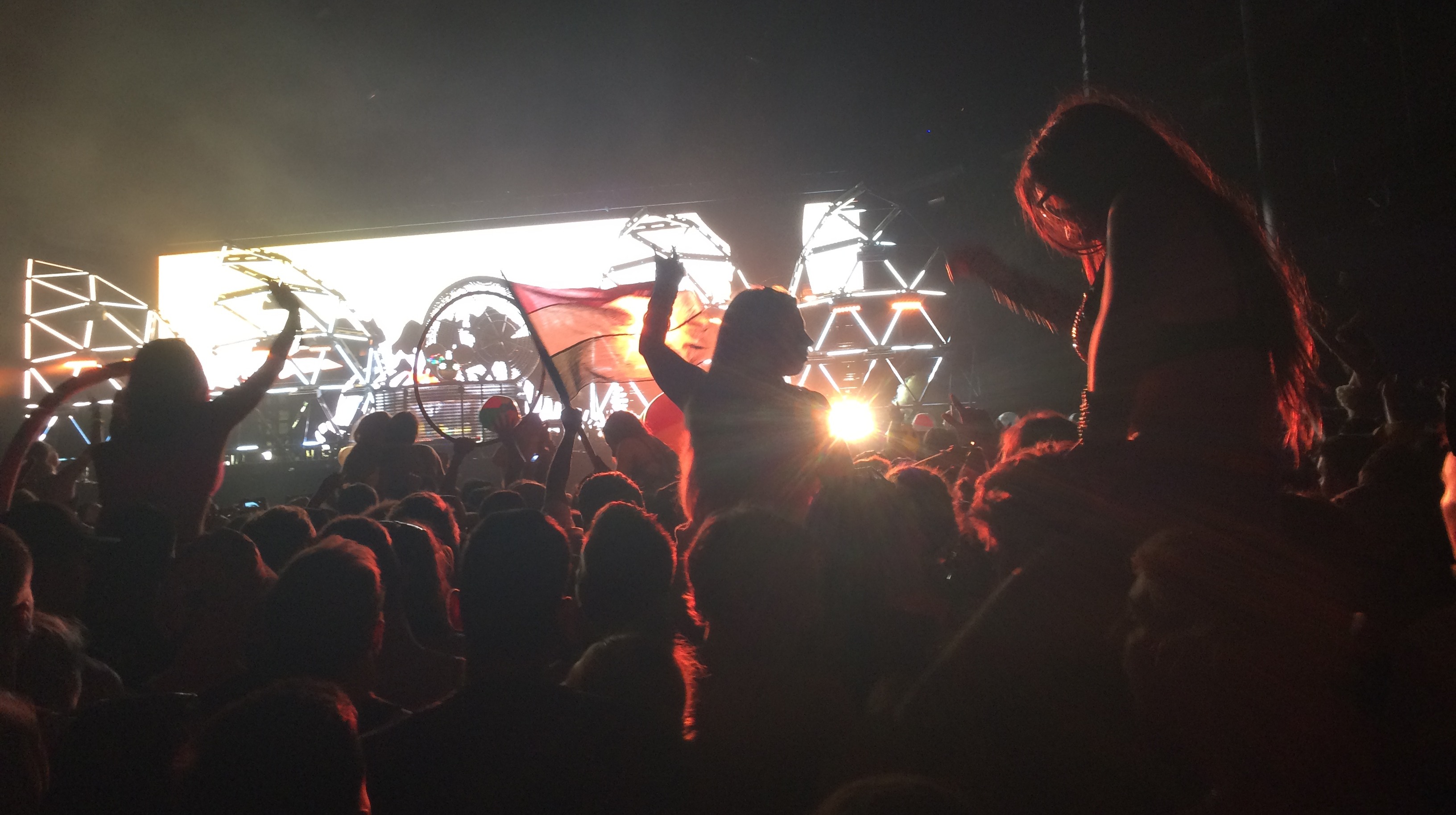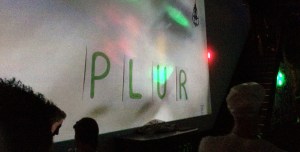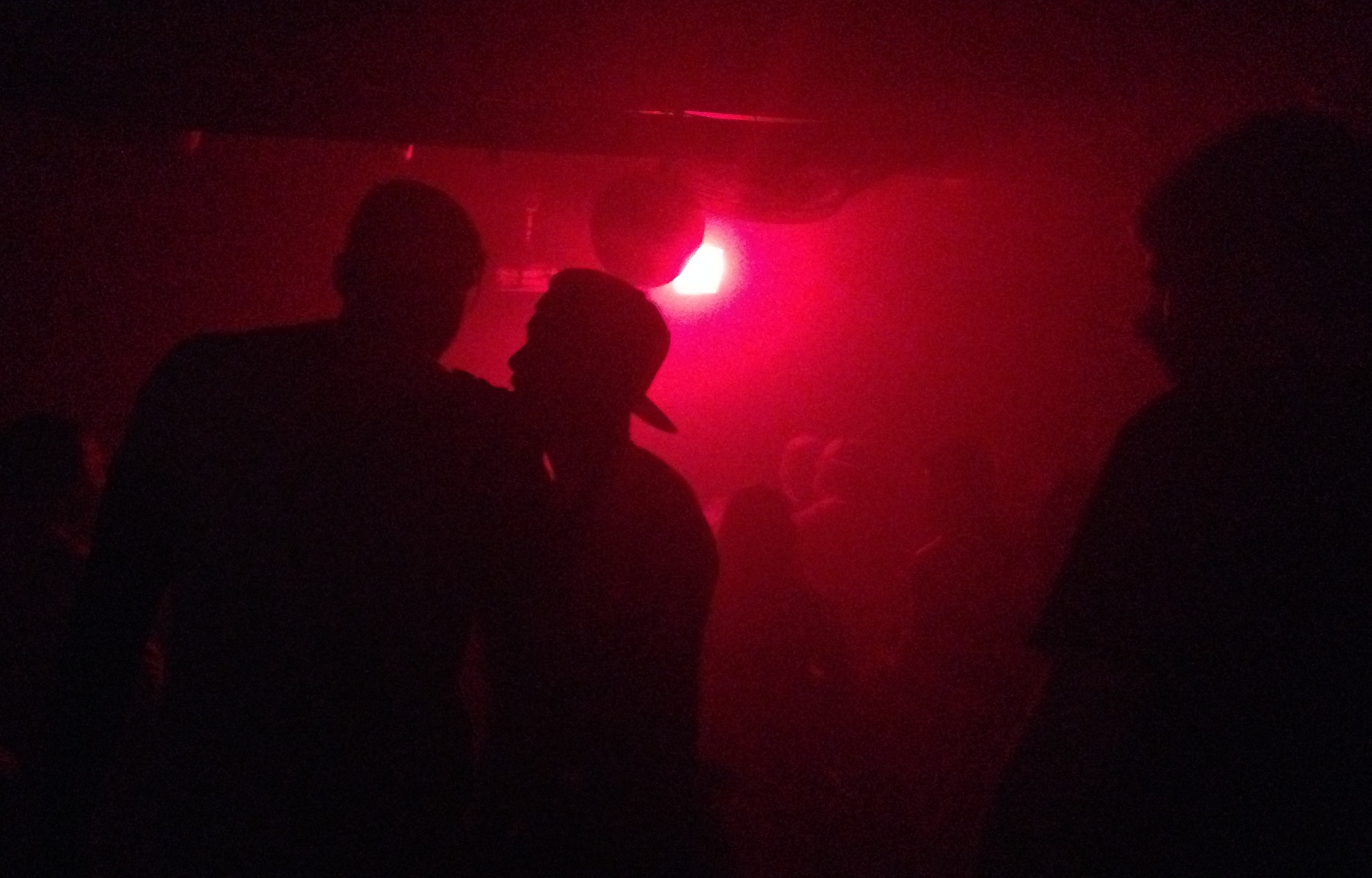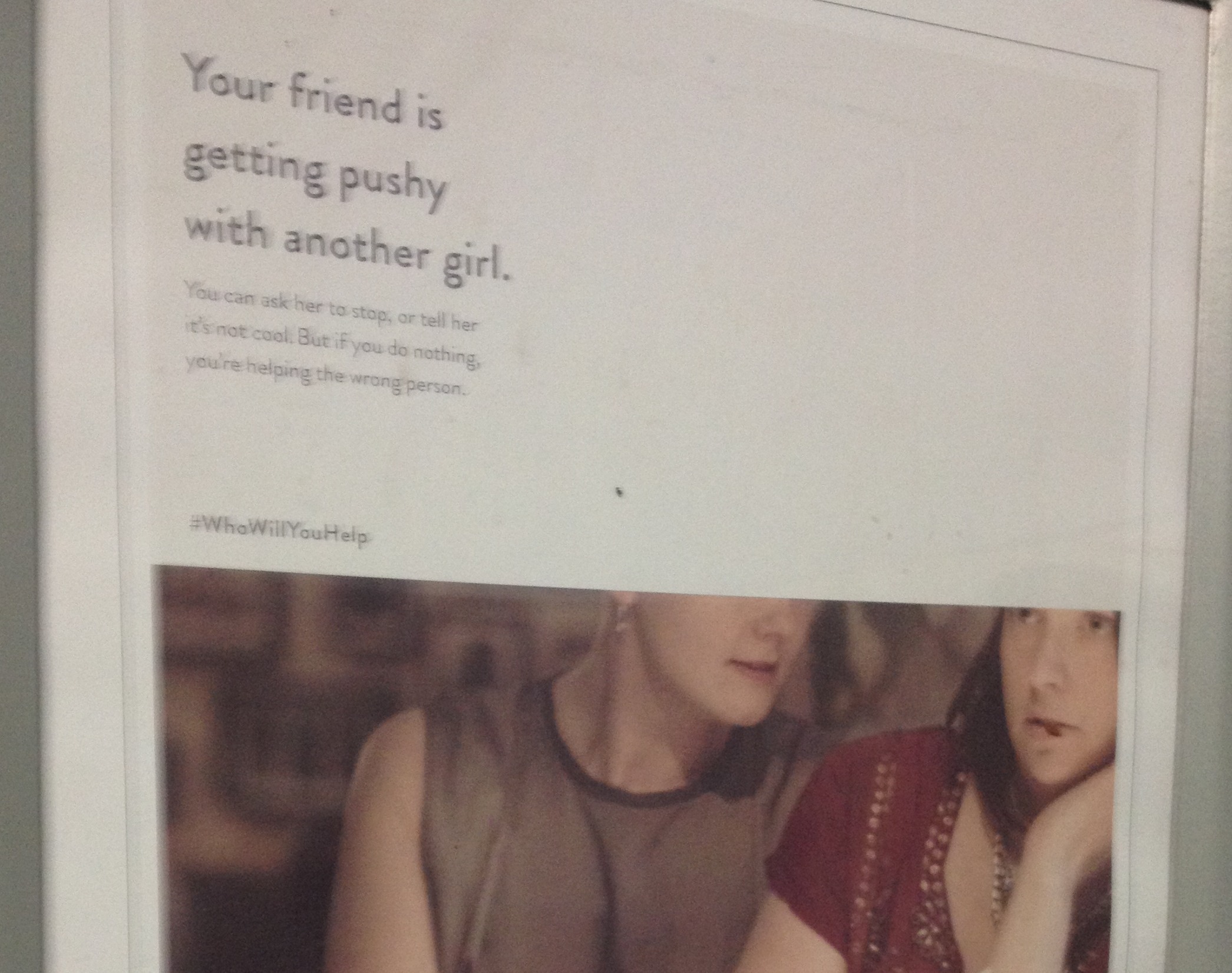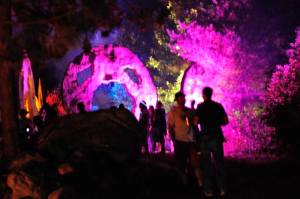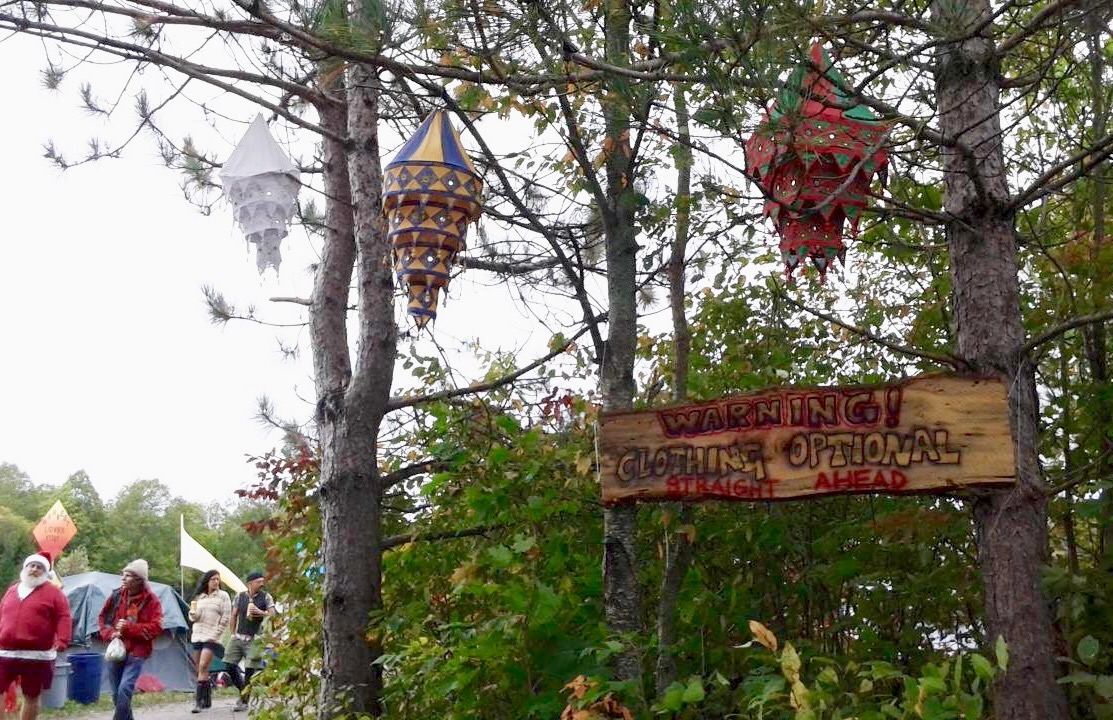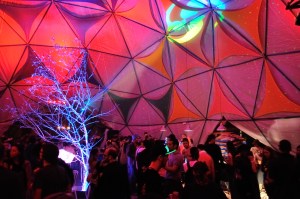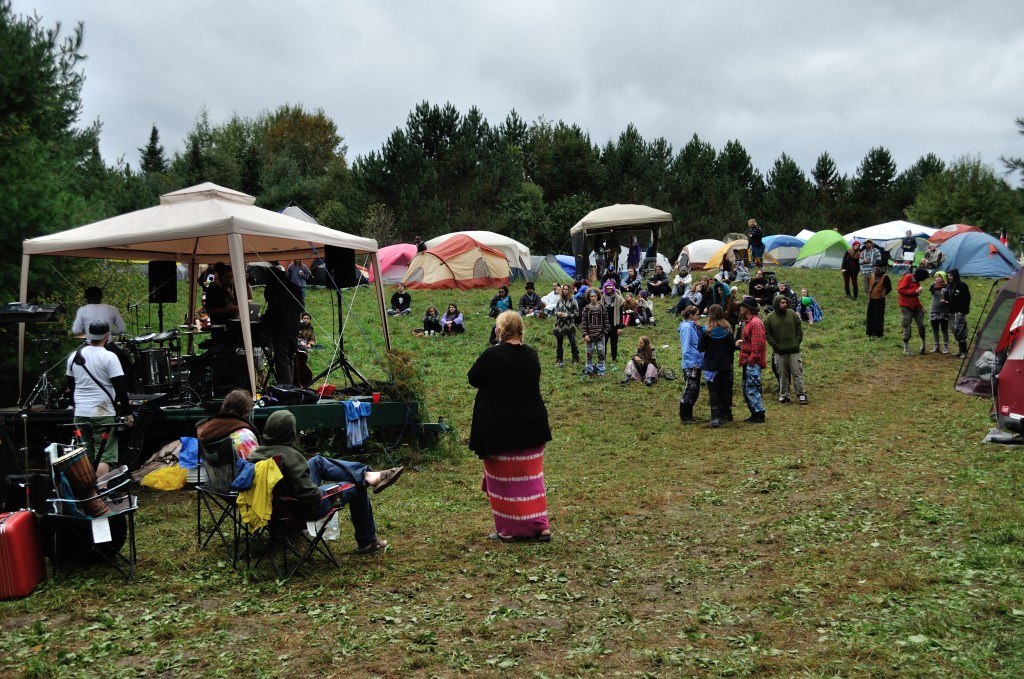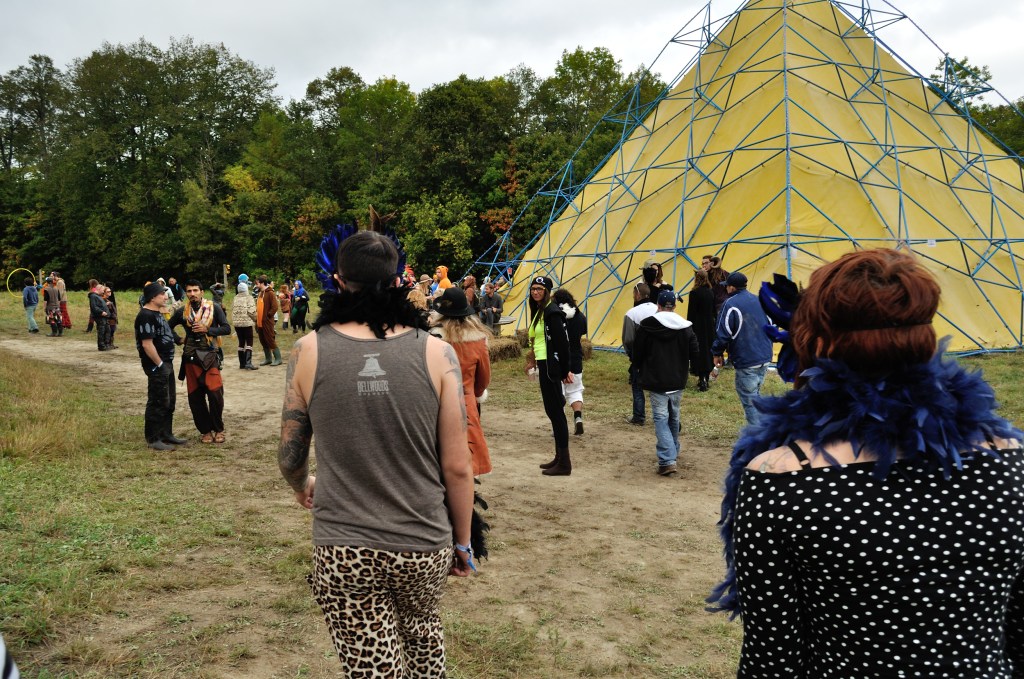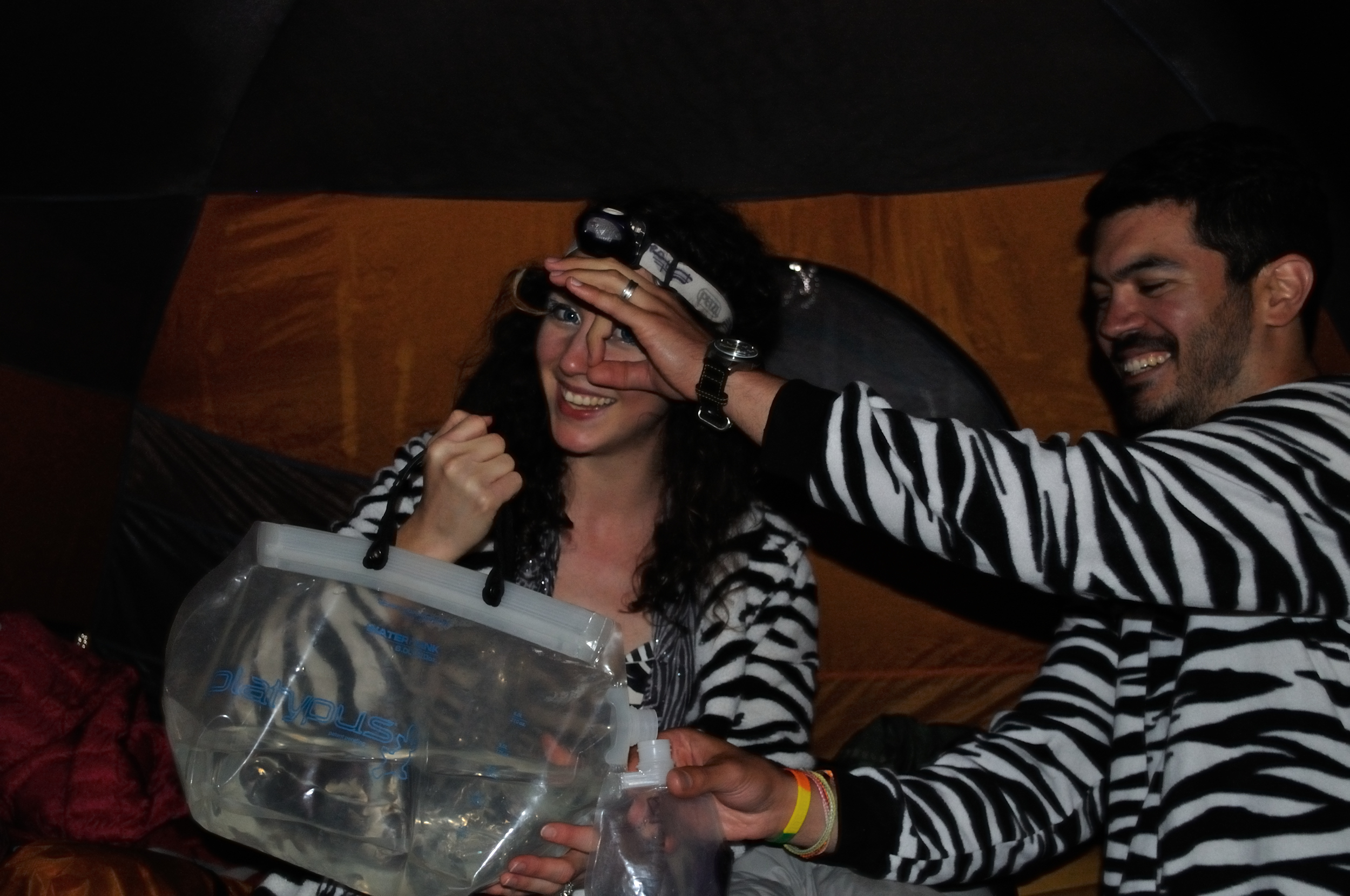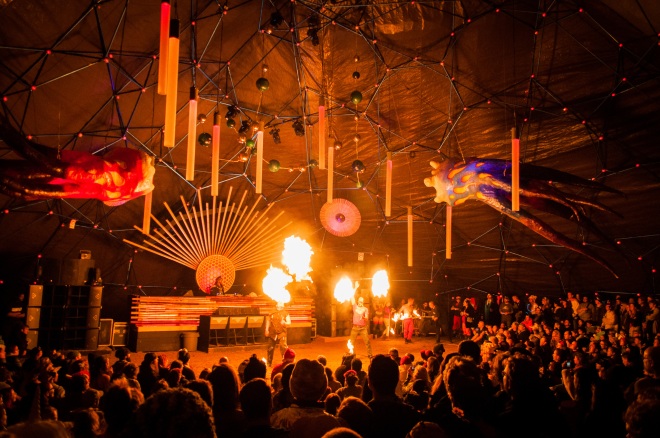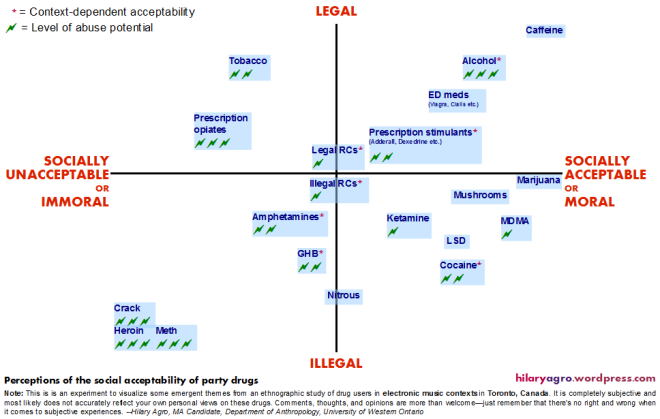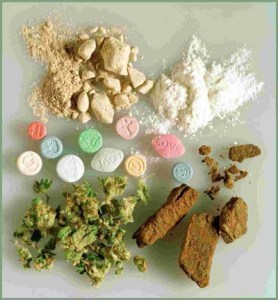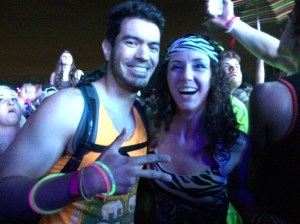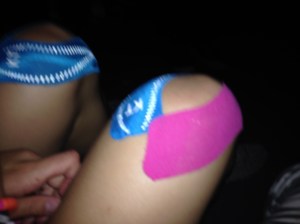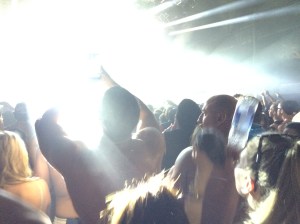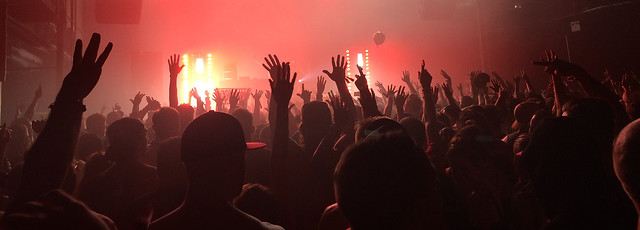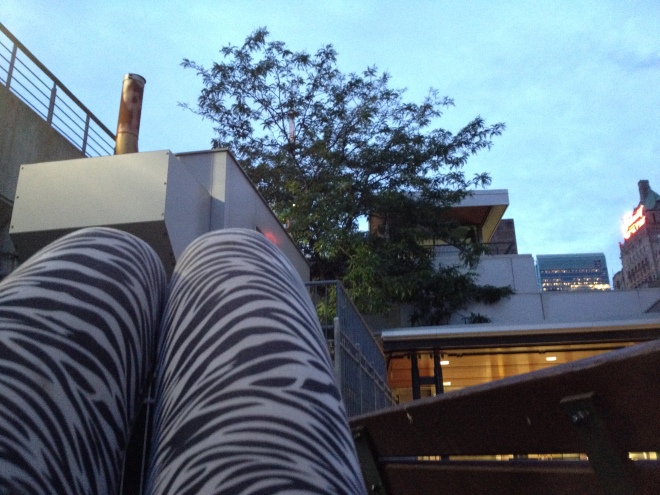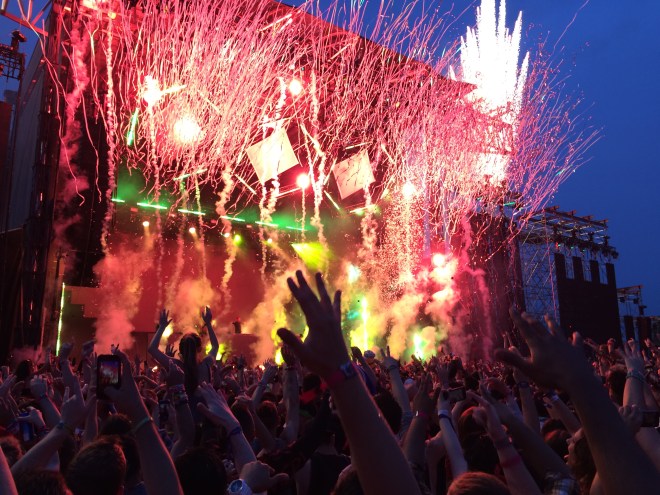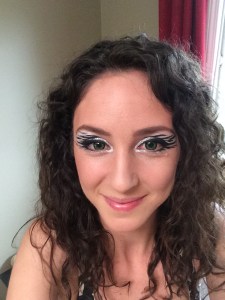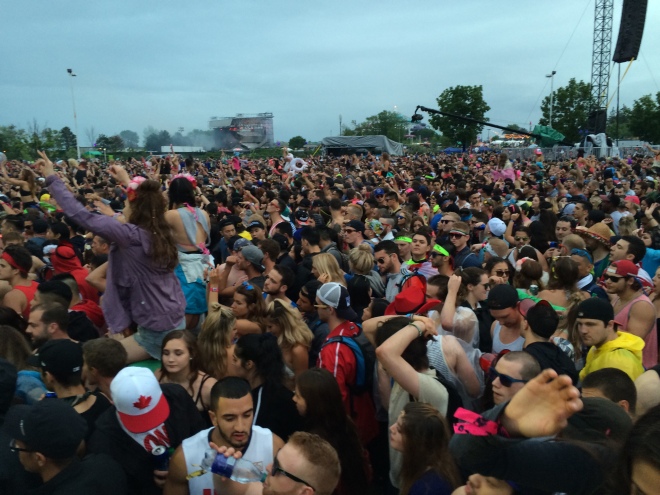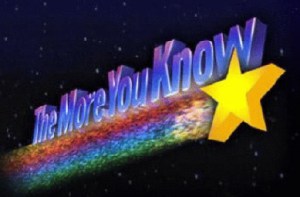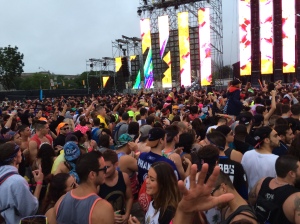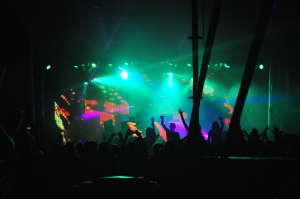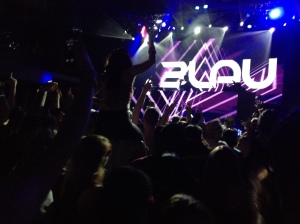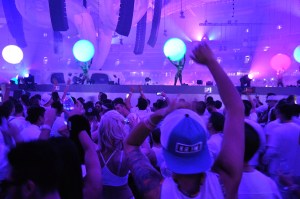No one wants to talk about this. We all hate it. We’re tired. Believe me, I feel that tiredness in my bones. And I know you’re busy and overwhelmed, so I’m taking on the labour of making this as straightforward as possible so you don’t have to figure it all out yourself. And I promise I’ll make your experience of reading this as joyful as possible, to show my gratitude for you reading it at all! (Skip to the goods here if you’re already sold and just want the best practices.)
Because as tired as we are, we can’t live with our heads in the sand. That’s some conservative, climate-denying shit that we’re not on. We’re building caring community, here. We love each other, and we want to keep each other safe so we can party til we’re old and hobbling around like sparkly cryptkeepers.
And the best part is, we already have deep traditions in our community around keeping one another as safe as possible while still being debaucherous hedonists. And there’s nothing I want more than to be able to facilitate all our various sins and perversions. We can just do it safer than we are now is all, and honestly without all that much effort!

Drugs and sex come with risks, but harm reduction is so embedded in the culture (our niches, at least) now that we barely even notice the behaviours we have normalized to reduce those risks–indeed, taking care of each other is part of the fun. Here’s a clean straw for you, my love. Have you drank water yet tonight? Let me arrange these free condoms in a big goofy smiley face at the kink party.
I have embraced the role of rave mom. I have rave mom’d so hard I have become a rave elder, a rave grandma with little 30-year-old rave grandchildren, out there with GHB syringes and magnesium. I love you, I care about you, and I am a collector and sharer of information. So I will keep you as safe as you’re willing to consent to.
I am so passionate about rave safety and harm reduction that I’ve evolved beyond “drink water” and “don’t mix ketamine and alcohol” (though those are obviously important). If anyone doesn’t feel safe at the party, then the party needs work. That includes our Palestinian (an article for another day, though start here to learn more) and disabled/vulnerable comrades, and the children in our community that depend on us to keep them safe.
I need to get real for a second here, so please take a breath and open yourself up to the information I’m about to share. I offer it as a gift, because I care: covid is still very dangerous and it is still hurting people. I personally know three people now who are suffering from Long Covid, two of them from the rave scene in Toronto, one of whom aquired it in August 2023. None of them were disabled or immunocompromised before they got it, but their lives have been completely upended since.
As we’re all realizing in more ways every day, colonial and for-profit institutions are not built to help us, and the few protections that we have are failing as capitalism crumbles and neoliberals privatize everything. So it’s up to us to build a culture of community care, and keep each other safe. Vaccines help—please get an updated vaccine!—but they do not completely prevent Long Covid. Covid is airborne—it spreads through the air, not just through droplets. There are things we can do to lower the risk of giving or getting covid, while still partying as much as we like.
“I view COVID mitigations as part of a consent culture,” says my covid-safety collaborator Ryan Utter, who once lovingly but firmly dommed me into eating a plate of ribs at a festival because I was too high to deal with the bones but needed sustenance in my body before a night of dancing. “We want to go out, and we should be able to trust that buildings (and organizers) follow regulations and best practices for indoor air quality. We can’t consent to risks we don’t know about, so if a party isn’t upfront about the ventilation (or lack thereof), CO2 levels, presence of HEPA and their clean air delivery rate, people cannot consent to the risk.”
As longtime harm reductionist Alex Betsos pointed out to me, clean air precautions make the whole party experience better anyway. “I think we have this idea that covid precautions have to suck, and that’s really not true. Like, would you not rather be on a dancefloor with lots of space to dance, good ventilation & UV lighting than the inverse? The feeling of being drenched in sweat b/c you walked into a nightclub with shit ventilation is so visceral.”
Just like with any form of harm reduction, you don’t have to take an all-or-nothing approach if some of these aren’t practical for your parties at the moment—the more of these protocols you use and strive towards, the safer your events will be!
HOW TO MAKE YOUR PARTIES MORE COVID-SAFE
- Open the windows. I can’t stress this enough. All of them, or as many windows as you can. Put signs on the windows saying “do not close.” Tell people in the event invite that you’ll be leaving windows open for covid safety, and that if they get chilly, to put their jacket on or bring a cozy blanket.
- Invest in HEPA filters and/or Corsi-Rosenthal boxes. Plug-in HEPA air purifiers will filter out viruses from the air. Have one in every room, and 2-3 if the room is very large.* This is an investment (depending on the size of your parties, around $300-600 initially, then $150-300 a year for replacement filters), but it’s one that should become as standard as offering water and earplugs. Less expensive and often more-powerful options like Corsi-Rosenthal boxes (a box fan + MERV-13 furnace filters) can also be constructed easily and re-used over and over. Consider fundraising at the party to buy filters if your margins are super tight! I like Levoit, get in touch with me if you want help researching which filter to buy. HEPA filters and CR boxes should become standard party equipment in our scenes, as essential as speakers and decor. As a bonus, they work as fans to cool people down! Decorate them with lights and paint to add to the ambiance. For more on deciding which to use, see below.
- Encourage people to wear masks. You do not have to make them mandatory, but simply writing in the event description and having signs saying “masks are encouraged, keep each other safe!” goes a long way.
- Offer masks as people enter the party. N95/N99s are ideal, but these are of course expensive, so KN95s are a good next bet, and ASTM-3 surgical masks are much better than nothing. You don’t have to make them mandatory, but if people know they’re offered and normalized, more people will be likely to wear one.
- Set up a testing table where people can test if they want to, and encourage people to. This can go a long way – it has worked to catch cases at parties before! If you feel that you can, you can also make testing at the door mandatory – this requires a bit of planning and volunteers, but it’s one of the best ways to keep everyone safe. Alternatively, for smaller parties, ask everyone to test in advance and post a photo of their negative test in the group chat or event page.
- Venue ventilation: When you’re looking for venues, ask the venue owner if they have an HVAC system that will deliver fresh outdoor air, if it will be turned on during the party (some are set to automatically turn off at night) and if they have upgraded the HVAC filters to MERV-13. If they say yes, ask for specific details. Try to go with locations that do these things. Even if the location doesn’t have all elements and you end up having to choose that location, the more that organizers express that it’s a concern, the more we normalize the idea that it’s what we want.**
- When weather permits, have your parties outside! Get creative, ask your community for recommendations. Ask people to help by bringing shade/rain structures if it’s looking like weather.
- Stay home if you’re sick: Tell people to please not attend the party if they have any cold symptoms or are feeling unwell. Generally in our culture, we should be encouraging people stay at home any time you are sick, and test every day that you have cold symptoms (sometimes people test negative for a couple days, then get a positive!).
- CO2 monitoring: People exhale CO2, so monitoring CO2 with a handheld device can give you an indication if the ventilation of the space is adequate. Outdoor air is around 450ppm, and if CO2 stays below 1000ppm, ventilation is generally considered adequate. But we’ve seen CO2 levels approach 4000ppm at some parties. 4000ppm means that 9.4% of the air in each breath you take was previously inside someone else’s lungs. Since COVID is spread by aerosols generated when people breathe, talk, shout, sing or sneeze, this level of CO2 indicates that aerosol-laden air is not being replaced by fresh air and the space has become high-risk. Opening windows, adjusting the HVAC system or adding air filtration are all valid responses to poor CO2 levels/poor ventilation.
- UV disinfection: There is new air disinfection technology on the horizon – notably far-UV (UV light at 222nm which deactivates viruses but is safe for skin/eyes). Some members of the community are already experimenting with deploying these devices, so keep an open mind if they approach you with offers to use them at your parties. They are safe and they work! As a friend pointed out, they also look dope, like they were MEANT for raves.
Thank you for reading this. This is disability justice – you’re doing it. As a party organizer, you occupy an important role in the community, and using it to keep people safe helps create a culture where we can withstand infrastructural collapse as we transition from colonialism/capitalism into systems that don’t suck.
If you’re in Toronto, I am absolutely willing to be the anti-covid fairy at your party, just ask. I’ll bring signs for the windows and make up a whole elaborate medieval bit where I’m jousting invisible viruses or something, whatever you need. Ryan Utter is also willing to consult about air cleaning and ventilation options.
I am a community organizer, low-income PhD student & mother of two young children. If you appreciate the labour that went into this article, consider sending me and my kids some masks, HEPA filters, diapers or books, or just a cash tip 🙂
With great thanks to my collaborators on this piece, Ryan Utter and Rine Vieth!
Additional info for superstar organizers who want more:
*Ideally “do the math” to ensure the combined clean air delivery rate (CADR) is appropriate for the size of the space and occupancy (we can help with this).
**Note that ventilation requirements are set out in the provincial building codes, but HVAC systems are often not run as designed (i.e. limiting outdoor air intake to save energy costs). Where adequate ventilation does not exist (like in a warehouse space) employing stand-alone air filters and opening windows becomes even more important.
- Mask Sourcing/Cute masks:
- Black: BNX, no nose foam, has to be ordered from the US/Amazon
- Free masks in Canada for those can’t afford them
- A massive spreadsheet testing a load of different masks, in case people want to have a mask with more breathability or want to know how certain masks compare
- Corsi-Rosenthal Boxes/Filters: Good CR Box FAQ
- Ventilation:
- Overview of mechanical ventilation
- Intro to ventilation
- If you REALLY want to go into detail, the ASHRAE 241 standards which go beyond just bare minimums for new builds and are about reducing virus transmission are here
How do I decide between Corsi-Rosenthal boxes, and HEPA filters?
The main factor is cost. CR boxes are less expensive, but a higher level of effort, and they are bulky and loud. But they DO delver more clean air, so that’s a big advantage, especially in large spaces. Someone also needs to spend a few hours building them and then replacing filters once a year. So HEPAs are great and much easier to use/move around if you have the money, or are short on volunteers to make CR boxes.
